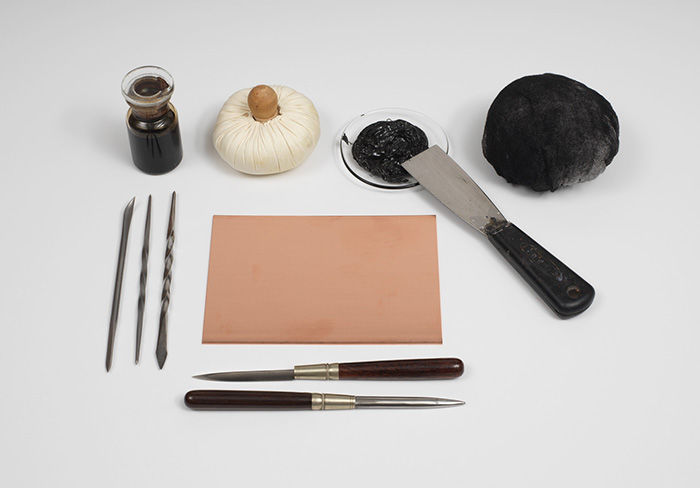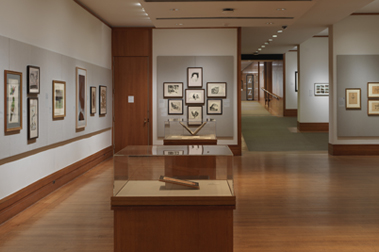The Fountain, Cintra
Sir Francis Seymour Haden British
Not on view
Seymour Haden was the unlikely combination of a surgeon and an etcher. Although he pursued a very successful medical career, he is mostly remembered for his etched work as well as for his writings on etching. He was one of a group of artists, including James McNeill Whistler (1834–1903) and Alphonse Legros (1837–1911), whose passionate interest in the medium led to the so-called etching revival, a period that lasted well into the twentieth century. The extolling of etching for its inherent spontaneous qualities reached its pinnacle during this time. While the line of the etching needle, Haden wrote, was "free, expressive, full of vivacity," that of the burin was "cold, constrained, uninteresting," and "without identity."
A fountain detail of a sculpted naked man, seen from the back, blowing into a conch, surrounded by foliage and exotic plants in the Palace of Montserrate, Portugal; large unworked area at right.
"Haden visited Monstserrate in Portugal in 1877 (see Nos 173-184). The preferred spelling of this town built around a medieval monastery is Sintra.
State II (Db, 2 impressions; Hb). All work including the signature and date, except the fountain and tropical growth in the left foreground, removed."
[Source: Schneiderman, p. 339]
"Trial States: (b) The middle distance and the distance have been removed."
[Source: Harrington, p. 95]

